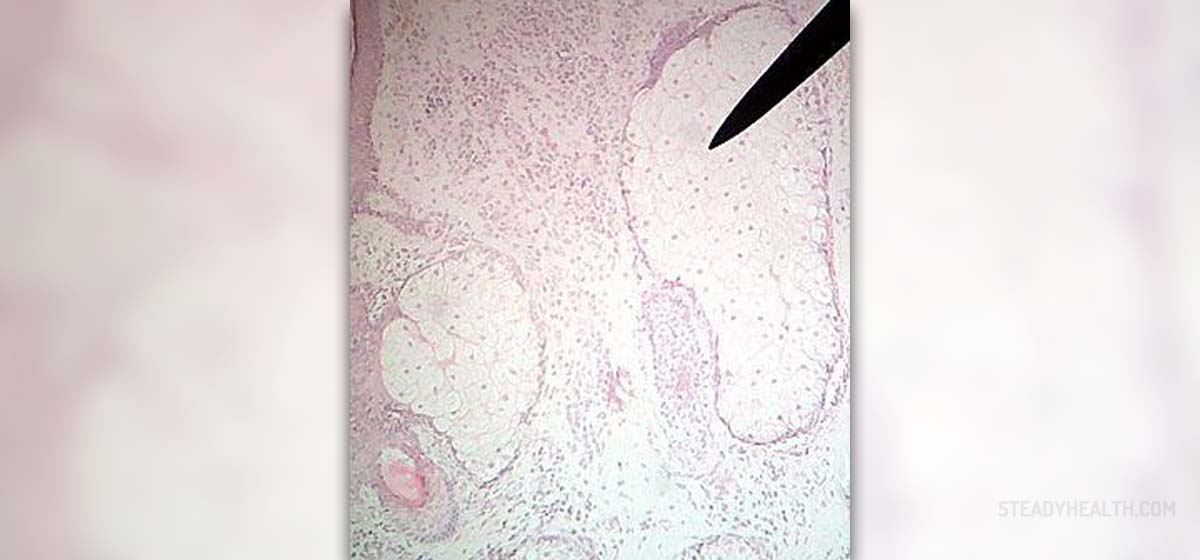
Ectodermal dysplasia is a group of many different syndromes (genetic disorders) all of which are characterized by inadequate development of the skin and its appendages like hair, nails and sweat glands. Such patients also suffer from developmental problems regarding their teeth. Apart from affecting the skin, different syndromes from this group may additionally cause damage to other organs in the body like the lens and retina of the eye, parts of the inner ears, nerves as also cause developmental problems with fingers and toes.
Ectodermal Dysplasia Symptoms and Signs
Symptoms and signs of this medical condition basically vary and depend on the affected organ.
Ear, Nose and Throat ProblemsIn such patients there is insufficient production of body fluids. As a result, saliva is sparse which subsequently causes chewing and swallowing difficulties. Mucous secretions in the nose are thick and cause crusting (foul odor). The voice may be hoarse and raspy and there is also chance for these patients to deal with frequent earwax impaction.Eye ProblemsPatients may require eyeglasses, but also develop more serious eye problems like lack of tears, infections and corneal erosions. Cataract and retinal problems may occur as well.Skin and Its AppendagesThe skin of such patients is lightly pigmented and thin with sometimes visible blood vessels on the surface. Skin discoloration may affect different parts of the body. Additionally, the skin is dry and scaly, prone to irritation and with insufficiently developed oil glands. Children suffering from ectodermal dysplasia are susceptible to eczema and persistent nappy rash.As far as sweating is concerned, these patients do not swat at all or sweating is severely diminished. There is not sufficient number of sweat glands. As a result, the body is prone to high fevers and elevation in body temperature is typically induced by high environmental temperatures, excessive activity and heavy clothing. Hair on the scalp may be sparse and fine. It is usually light pigmented and of clearly abnormal texture. Hair is in general fragile. Hair problems are present at birth or occur later in life. Nails of these patients are small, thick or thin and brittle. Discoloration, cracks and ridges occur as well. There is higher risk of fungal nail infections.
Respiratory System ProblemsRespiratory system problems occur due to lack of production of body fluids, which are essential for moisturizing the entire respiratory tract. Teeth ProblemsSuch patients do not have to develop any teeth or there is fewer teeth than it is normally supposed to be. Absence of teeth is connected with wide spaces between teeth and their malformation. Cavity is also a frequent problem compared to healthy individuals usually because of insufficient production of saliva.

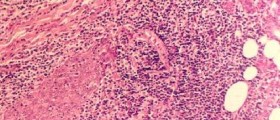
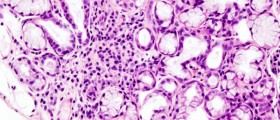

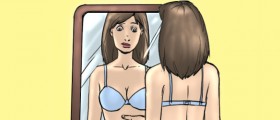
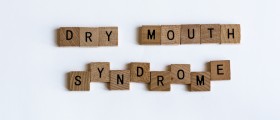
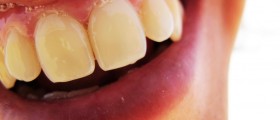
-In-Adults_f_280x120.jpg)


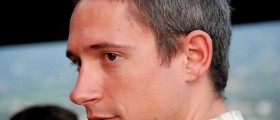
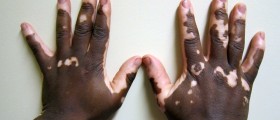
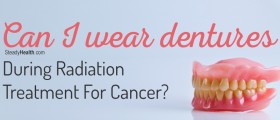
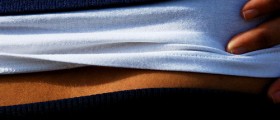
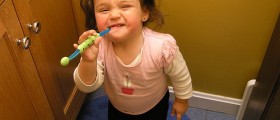
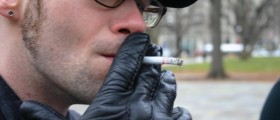
Your thoughts on this
Loading...